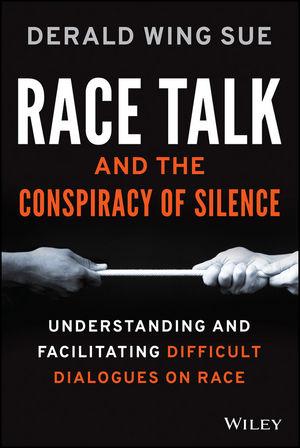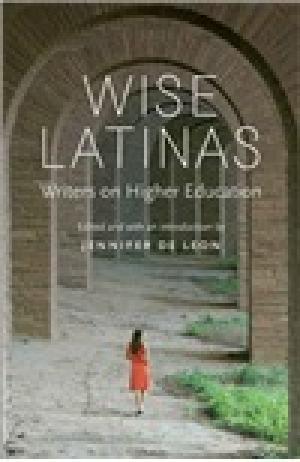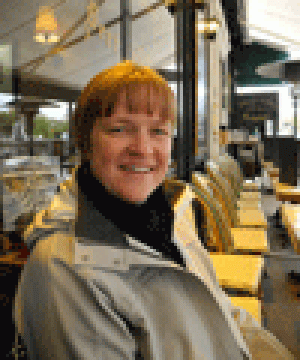Resources by Lisa M. Hess

This is a book finding its time, perhaps just in time. A sequel to Microaggressions in Everyday Life: Race, Gender, and Sexual Orientation (2010), Race Talk and the Conspiracy of Silence offers the fruits of a ten-year period of research and observation of participants engaged in difficult conversations on race, racism, Whiteness, and White privilege. The purpose is fivefold: (1) to uncover the reasons that race talk is difficult, (2) to expose the explicit and hidden rules that govern how race is discussed in U.S. society, (3) to illuminate the detrimental consequences of a failure to honestly dialogue about race, (4) to outline the benefits of successful conversations on race, and (5) to propose solutions in overcoming obstacles to honest racial dialogues (xii). Sue accomplishes this purpose with clarity of style and balanced tone. The first section defines race talk, its characteristics and dynamics, and then explores in chapter three the conflicting race realities in White Talk and Back Talk. “Race talk is truly a clash of different racial realities in which people of color and Whites perceive race issues in opposition to one another” (xiii). Through vignettes, questions, and psychologically adept analysis, Sue offers a compelling view of the ideological, psychological, and historical factors that do create radically opposed racial realities. He gently uncovers the realities whites are disinclined to see, and demonstrates the lived realities of people of color – all while shaming none. I particularly valued his argument for and demonstration of the importance of emotions in the classroom, with any redress of race talk requiring truly receiving and sitting with the wisdom that arises within emotional connection and disconnection. The second section highlights the hidden ground rules embedded in society, academic settings, and one’s self that serve as barriers to honest race talk. Here you can find guidance and modeling for academic habits that consistently cloak racial realities. The third and fourth sections address, separately, why it is difficult to honestly talk about race. For people of color, “What are the consequences for saying what I mean?” and “To speak or not to speak, that is the question.” For whites, “I’m not racist!” and “I’m not White, I’m Italian.” Group considerations are also examined, difficult dialogues between groups of color. The final section invites reflection by parents and teachers talking about race with children; namely, “taking responsibility for change means overcoming the inertia and feeling of powerlessness on a personal level” (214). Racial awakening happens in encounters that challenge preconceived notions, so Sue encourages such encounters with guidelines: (1) learn about people of color from sources within the group; (2) learn from healthy and strong people of the culture; (3) learn from experiential reality; (4) learn from constant vigilance of your biases and fears; and (5) learn from being committed to personal action against racism. To encourage you to get the book, I particularly appreciated Sue’s list of ineffective strategies, “Five Things Not to Do,” followed by eleven potentially positive actions. A lengthy volume, Race Talk and the Conspiracy of Silence should be required reading for educators of all levels.

As a non-Latina author, I was moved and enlightened by this compilation of twenty-two writings, weaving complex narratives from across the Americas with heritage(s) in US-American, Cuban, Mexican, Colombian, Guatemalan, Panamanian, black, Dominican Republic strands and more. Jennifer de Leon states her purposes: to dispel stereotypes of Latinas, fend off their isolation in higher education, invite activism toward social justice, and offer opportunity for each contributor to share her unique voice and wisdom (4-5). I myself stand in a line of women writing for change – Women Writing for (a) Change, located in Cincinnati, Ohio, with affiliate sites across the country – so these stories drew me all the way in. The book contributes well toward its aims, though the challenge remains for the reader to make the necessary transitions from authors’ narratives into concrete action for change. This is a liberationist text for cultural and women’s studies, college freshman seminars, educational ministries, and various creative and essay writing courses in postsecondary education. Wise Latinas locates itself well within feminist, mujerista, and liberationist reflections on higher education, specifically in the areas of pedagogy and narrative. I was reminded of True Confessions: Feminist Professors Tell Stories Out of School, edited by Susan Gubar (W.W. Norton, 2011), though de Leon’s compilation expands horizons by attending to “rooms of their own.” The organization of the work into four sections holds the reader’s attention in a persuasive arc – Worlds Apart, Rooms of Our Own, Inside These Academic Walls, and In Tribute, In Time. Each section touches themes of voice (lost and found), body, family (especially daughter norms), virtue, worth, intellect, belonging (and socialization away from belonging), hospitality (often unwelcome or misunderstood in fragmented, highly mobile US contexts), gender, orientation, race, and more. Unable to do justice to each essay, I offer only a couple observations. Celeste Guzman Mendoza offers a bold, integrative writing in bilingual prose – “Las Otras” – relating her surprise at the commonalities across ethnic identities while holding to her own distinctive communicative medium, a mix of English and untranslated Spanish. I loved the demand to confront Spanish (or ignorance of it) in the reader. In “Rapunzel’s Ladder,” Julia Alvarez offers a stinging summary of higher education’s disempowerment of cultural traditioning (by schooling) and asks crucial pedagogical questions for social justice education. Chantel Acevedo’s reflections name the difficulty for a woman leaving home for school before marriage – Cuban ‘exile trauma,’ she calls it – which prefigures a difficult journey in the often nomadic academic life. One painful paradox arose in several writings: substantial parental pressure to succeed in school simultaneous with their great displeasure upon daughters leaving home to pursue said education. Throughout, the strengths of Latina wisdom arise out of hard won experience and culturally-rooted heritage awash in a world that can overwhelm. Wise Latinas is a good read, with narrative essays, poetic dialogues, and creative expression of the journeys many Latinas in higher education have travelled. One intention was to combat the isolation Latinas face there. A happy side effect is that outsiders are invited to listen and learn, attuned to this distinct expression of an existential isolation that higher education – as currently configured – seems to insure.

Lisa M. Hess, Associate Professor of Practical Theology, United Theological Seminary Arriving onto the campus of my first fulltime teaching job in higher education was not unlike finding myself in a strange land with a little dog under my arm....